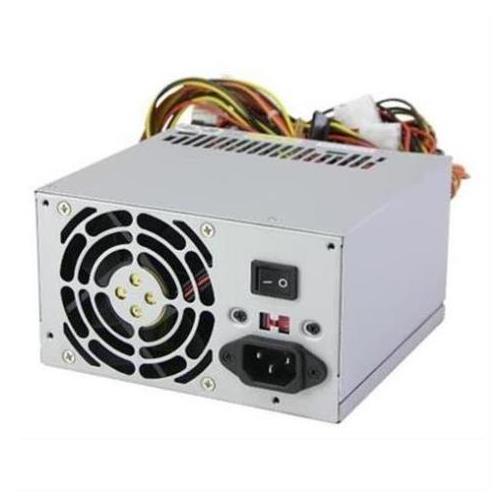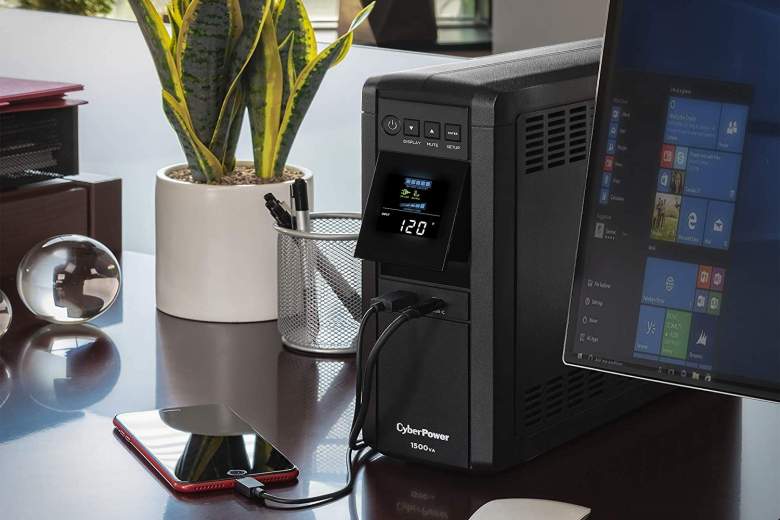
Have you ever seen redundant power supplies (RPS) in the servers or some switches, such as Cisco switches, HPE servers, etc.? What is the difference between RPS and ordinary power supply?
Maybe you know the meaning and application of RPS, but do you know UPS, the Unplugged power supply?
In this article, let’s discuss the difference between RPS and UPS.
Redundant power supply
The redundant power supply (RPS) is a kind of power supply used in the server. It is composed of two identical power supplies. The chip control power supply performs load balancing. When one power supply fails, the other power supply can take over its work immediately. Replace the power supply. Later, two power supplies work together. The redundant power supply is to achieve high availability of the server system. In addition to servers, disk array systems are also widely used.
The RPS power supply (Redundant Power System) is used as an external DC power supply for some switches.

RPS can be used as a redundant power supply for switches or routers:
If the RPS and the power receiving equipment use the same AC power supply system, when the internal power supply of the power receiving equipment is abnormal, the RPS can continue to supply DC power to the failed equipment to ensure the continuous normal operation of the equipment;
If the RPS and the powered device use different AC power supply systems, DC power supply can continue to be provided when the external AC power supply of the powered device fails, ensuring continuous normal operation of the device.
Uninterruptible Power Supply
UPS, that is, uninterruptible power supply, is a system device that connects the battery (mostly lead-acid maintenance-free battery) to the host, and converts the DC power into commercial power through the module circuit of the host inverter. It is mainly used to provide a stable and uninterrupted power supply to a single computer, computer network system or other power electronic equipment such as solenoid valves and pressure transmitters.

When the mains power input is normal, the UPS supplies the mains power to the load after it is stabilized. At this time, the UPS is an AC power stabilizer, and it also charges the battery in the machine; when the mains power is interrupted (accident power outage), the UPS immediately supplies the DC power of the battery to the load through the inverter switching method to continue to supply 220V AC power to the load to maintain normal work and protect the load software and hardware from damage. UPS equipment usually provides protection against too high or too low voltage.
UPS is the third generation developed with brand-new digital technology to meet the reliability requirements of power supply for network monitoring, network systems, medical systems, etc., to overcome the increasingly poor power grid environment caused by the centralized power supply of medium and large computer network systems. Industrial frequency pure online intelligent UPS. A DC power supply is a device that maintains a constant current in the circuit. Such as dry batteries, accumulators, DC generators, etc.
UPS and DC power supply are important power supply equipment for enterprises. The traditional maintenance management includes:
① daily inspection appearance, regular replacement of wearing parts such as batteries, filter capacitors, fans, etc., and battery activation during overhaul;
② modification or use of replacement equipment , Use advanced tools to test battery performance. This kind of management method has high investment costs, heavy maintenance staff workload, it is not easy to grasp the equipment operating status and key data in real time, and the equipment accident prevention ability is low. Implementing online maintenance management can avoid the shortcomings of traditional methods and obtain good benefits.

The difference between Redundant power supply and UPS power supply
Power redundancy can be adopted in capacity redundancy, redundant cold backup, parallel current sharing N 1 backup, redundant hot backup and other methods. Capacity redundancy means that the maximum load capacity of the power supply is greater than the load, which is of little significance for improving reliability.
Redundant cold backup means that the power supply is composed of modules with multiple functions, which are normally powered by one of them. When it fails, the backup module immediately starts to work. The disadvantage of this method is that there is a time interval for power switching, which causes a voltage gap.
N 1 backup mode with parallel current sharing means that the power supply is composed of multiple units, and each unit is connected in parallel through an OR gate diode, and each unit supplies power to the equipment. This scheme will not affect the power supply of the load when a power supply fails, but will affect the unit when the load end is short-circuited. Redundant hot backup means that the power supply is composed of multiple units and works, but only one of them supplies power to the equipment, and the other is no-load. When the main power fails, the backup power can be immediately turned on, and the output voltage fluctuation is very small.
For a long-term uninterrupted operation, highly reliable systems, such as base station communication equipment, servers, etc., often highly reliable power supply. Redundant power supply design is a key part of it and plays an important role in high systems. The redundant power supply is configured with 2 power supplies. When one power supply fails, other power supplies can be turned on immediately without interrupting the normal operation of the equipment. This is similar to the working principle of the UPS power supply: when the mains power is cut off, the battery replaces the power supply.
The difference between a redundant power supply and a UPS is mainly powered by different power supplies, while the UPS is powered by one power supply and the other is backed up at any time, sometimes automatically switched.
Do you have different opinion? Leave your comments.
Related Topics:
How to Add PoE Power Supply for Cisco 890 Series Router?
How to Install or Replace an AC Power Supply in a Cisco 2960-X Switch?
AP 2800 and AP 3800 Power Requirements
FAQ: Power over Ethernet (PoE) Power Requirements


